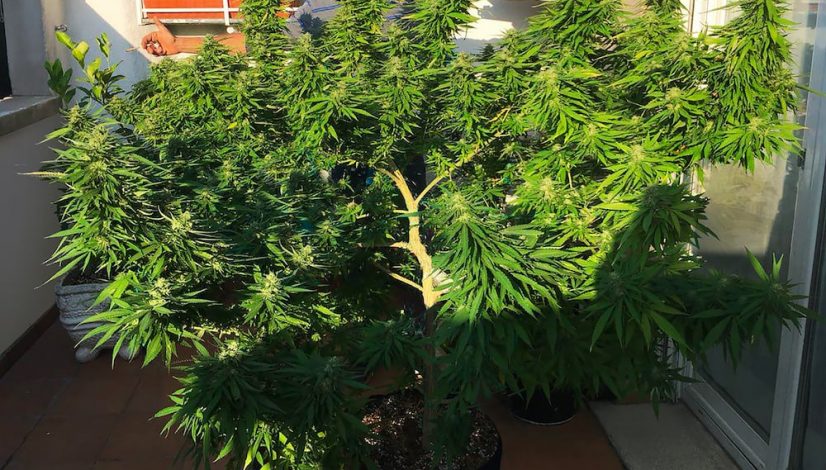How Autoflowering Cannabis is Changing the World of Growing
Over a decade ago a tiny strain called The Lowryder quietly changed the world of cannabis cultivation, and nobody noticed. This tiny plant introduced autoflowering marijuana to the world, which flowers on its own, as opposed to traditional ‘photoperiod’ cannabis which only flowers when exposed 12-hours of darkness a day.
The problem was The Lowryder didn’t produce high-quality weed. It was a novelty, mere toy cannabis, fun to play with, but nobody would seriously cultivate such a wimpy strain. Other early autoflowers failed to impress as well. The lesson seemed clear: Anybody serious about cannabis should stick with tried and true photoperiodic varieties.
However, things have changed. Over the past decade, dedicated breeders and growers have created autoflower strains and growing techniques to rival their photoperiod cousins. After ten-plus years as an also-ran, autoflowering cannabis is ready to take center stage.
Autos Hit the Big Time
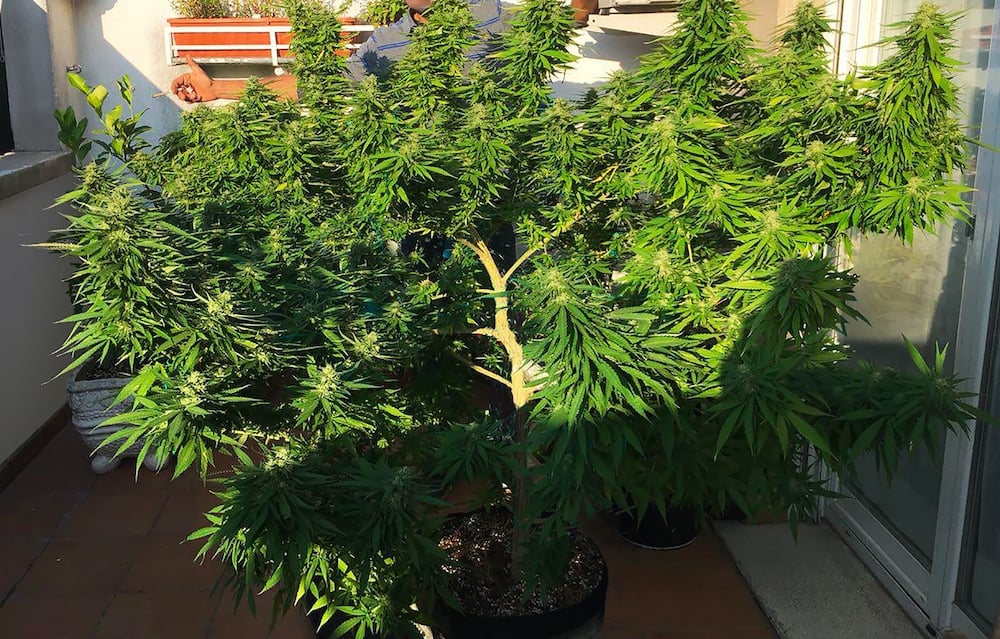
Courtesy of World Agro Trade SL
Early autoflowers produced weak yields of low-THC buds, but years of R&D have given us modern autoflower strains, like Gorilla Glue Auto from the pioneering Cali-Cannabis themed seed bank, Fast Buds, which can yield 1 kilo of ultra-potent flower in half the growing time of a photoperiodic plant. Mike Willhauck, AKA @bangdangbuds, a popular auto grower on Instagram, told us, “When autos first came out, they were lacking in potency and were very small. After years of evolution, we’re at a point where the difference is nearly indistinguishable when comparing a photoperiod bud to an autoflowering bud. Autos from specific breeders have consistently broken the 20% THC content mark and have been recorded as high as 28%.”
Easy to Grow
Modern autoflowers can rival photoperiodic cannabis in both yield and potency, but that’s not all they have to offer. They’re fast growing, hardy, and perfect for novices and master growers alike. “You can go from seed to harvest in under ten weeks, and if you pay close attention you can obtain very respectable yields in many cases comparable to the photoperiod variety,” says Willhauck.
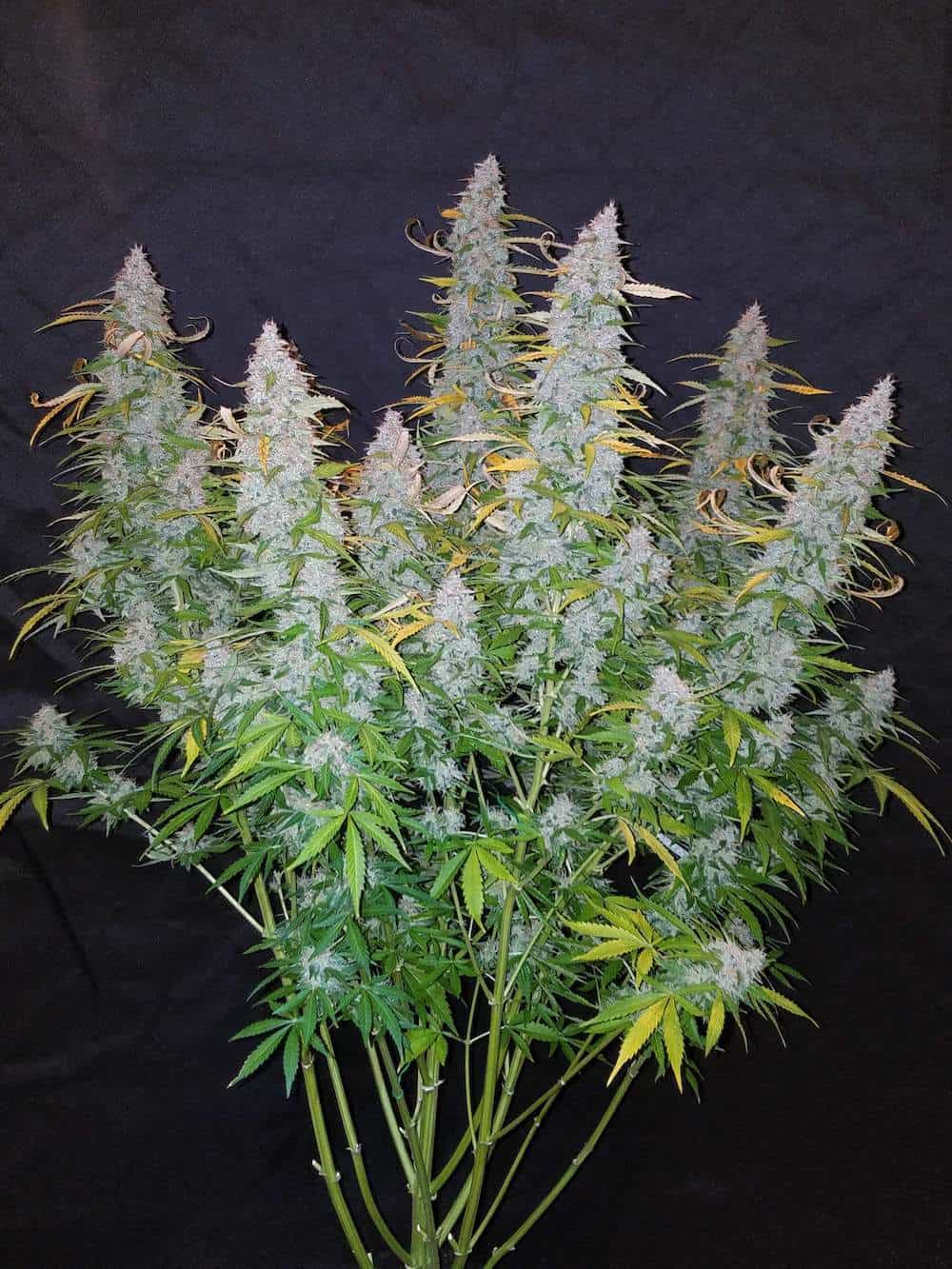
Courtesy of World Agro Trade SL
JM, an urban outdoor grower in the Mediterranean told us, “In one outdoor growing season you can get three harvests from April to September. You can do your first grow from March to May, a second from May to July, and a third from July to September.”
Indoor growers can capitalize on this fast-growing as well. Since autos in flower can be exposed to the same light schedule as those still vegging, growers with limited space in their homes can stagger their grows to harvest every month. The autoflower community calls this, “the perpetual harvest.”
“[You can harvest] as often as your perpetual schedule and space let you. My Autos harvest as early as 65 days on my fastest strains and 85 on the big sativas. I have not had a plant go over 85 days.” says @Tripaholic_88, another autoflower aficionado who has raised over 150 auto plants.
Rewarding to Master
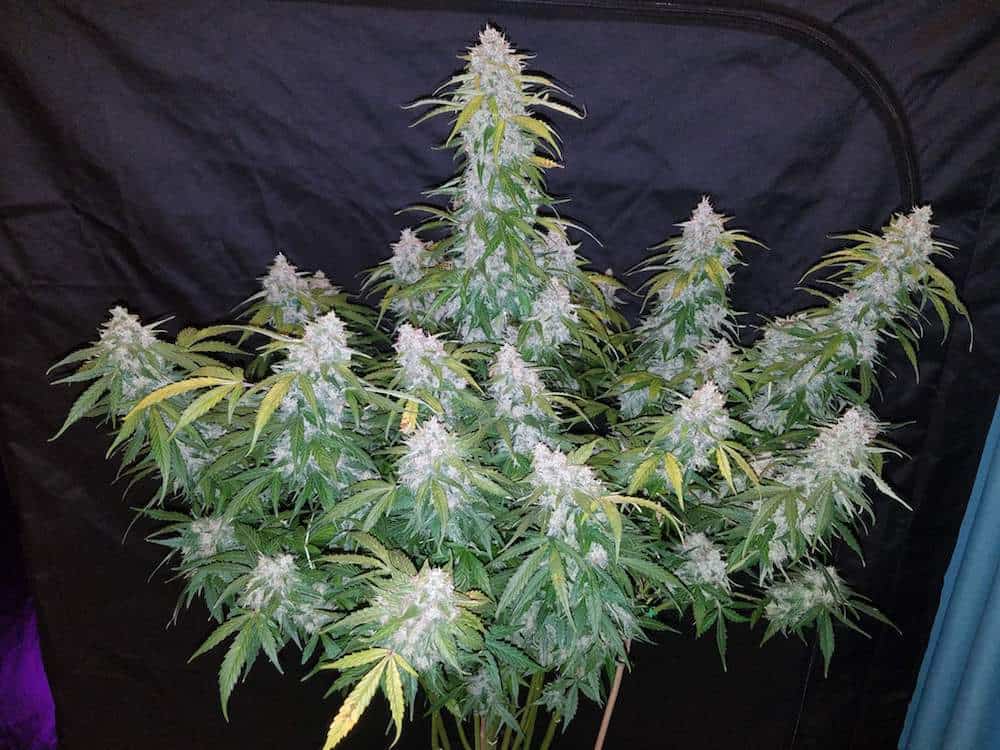
Courtesy of World Agro Trade SL
Auto growers view this fast flowering as both a blessing and a curse. The advantages are apparent (good weed, fast) but quick maturation means the plant doesn’t have the time to recover from stresses like transplantation, topping, or training. Conventional wisdom dictates that autos grows are a “set it and forget it” operation. If you can’t top, cut, train, or transplant, there’s not much to do aside from feeding, watering, and waiting. This makes them ideal for first-time growers. At least, that’s what conventional wisdom has held so far, but a few radical growers are changing that.
Autoflower expert, Green75, has made a name for himself topping and training autoflower cannabis. His techniques can more than double yield, and his videos showcasing his process have earned more than 25,000 views on social media. Green says he was bucking conventional wisdom from day-one, “I was told that autos couldn’t be topped or trained without sacrificing the yield. This was only two years ago… I could not accept that a plant could not adapt and thrive with aggressive training. I had to find out for myself, and hopefully prove the masses wrong. I believe that I have done that with the help of good genetics and excellent breeders.”
How to Make a Monster Auto
Every dedicated autoflower grower we spoke to told us the conventional wisdom was wrong, but none of them agreed on why or how. Some said to top, while others advocated LST only. Some said transplanting was fine, others thought it heresy. Nobody agreed, and the consensus seems to be in constant flux.
This constant improvement and change, more than anything else we came across, underscores that autoflowers are no longer “toy cannabis” for hobbyists to play with. They’re ready to take their place as something for “serious” cannabis growers to cultivate, and every week or month brings new innovation from both growers and seedbanks alike.
Green’s process is pretty straight-forward, “I typically top the plant at the third node and remove the first and second nodes as well. Continuing to grow out the third node horizontally by tying or staking down all the new growth tips until the flower stretch happens. While also practicing heavy to light defoliation throughout its life. I am also a heavy feeder and like to push my plants to their limits to see what they can handle.”
Tripaholic advises against Green’s strategy. “I don’t do any High Stress Training such as topping or mainlining,” he says, “Some techniques I use are LST, leaf tucking, pony tailing and defoliation.”
Meanwhile, JM advises against topping but does advocate transplanting, “Start with one 0.2 or 0.4-gallon pot and then transplant to a 3-gallon pot.”
Willhauck, on the other hand, advocates balance, “I have been experimenting with multiple training techniques. If I am growing for yield, I consider topping at the 3rd node and utilizing light defoliation to give those side branches as much light as possible.”
The Autoflower Renaissance
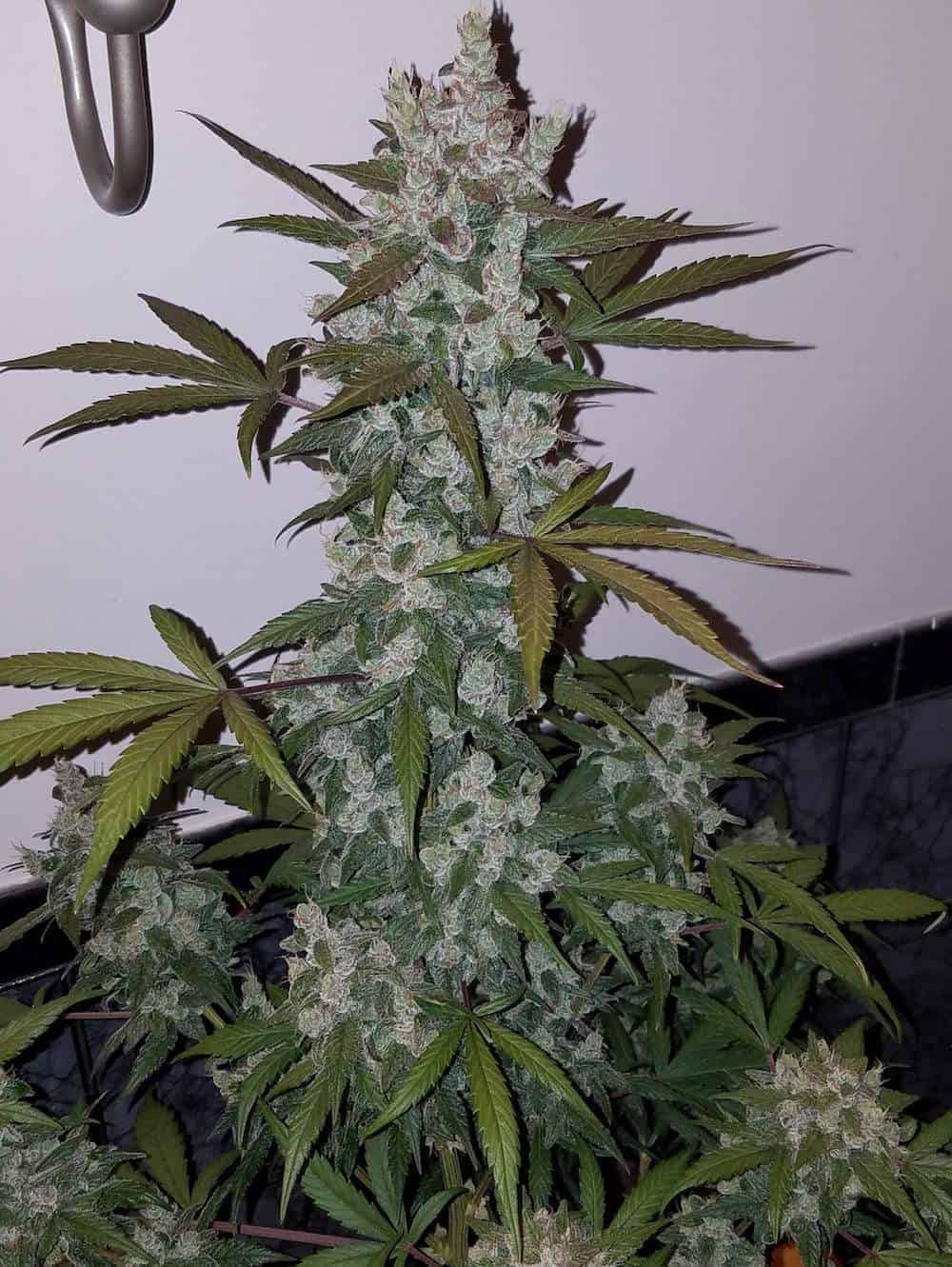
Courtesy of World Agro Trade SL
Four talented and proven growers, with four different strategies and philosophies on growing. We’ve come a long way from the days of the one-ounce yield “set it and forget it” cannabis. Autos offer something for everyone, whether you’re looking for a low-stress, easy grow, or aiming to win the next Cannabis Cup.
Autoflower genetics advanced leaps and bounds in the past decade. There are autoflowering varieties of most popular strains, and some are even surpassing their photoperiod namesakes. In the UK, where Stardawg is currently the hottest strain, growers are turning to autoflower varieties to meet demand. Autoflowering Stardawg from seedbanks like Fast Buds allow these clandestine growers to harvest regularly and supply the huddled masses yearning to smoke American strains.
Autoflowering cannabis has come a long way in a short time. It wasn’t even ten years ago that Hightimes’ own Danny Danko was evangelizing The Lowrider on his podcast to understandably skeptical growers. A decade later, autos offer huge yields, high-potency, and an unbelievably short growing time, and the innovation isn’t over. You can always keep an eye out on the aforementioned Fast Buds to stay up to date on the latest strains and developments.
The post How Autoflowering Cannabis is Changing the World of Growing appeared first on High Times.

